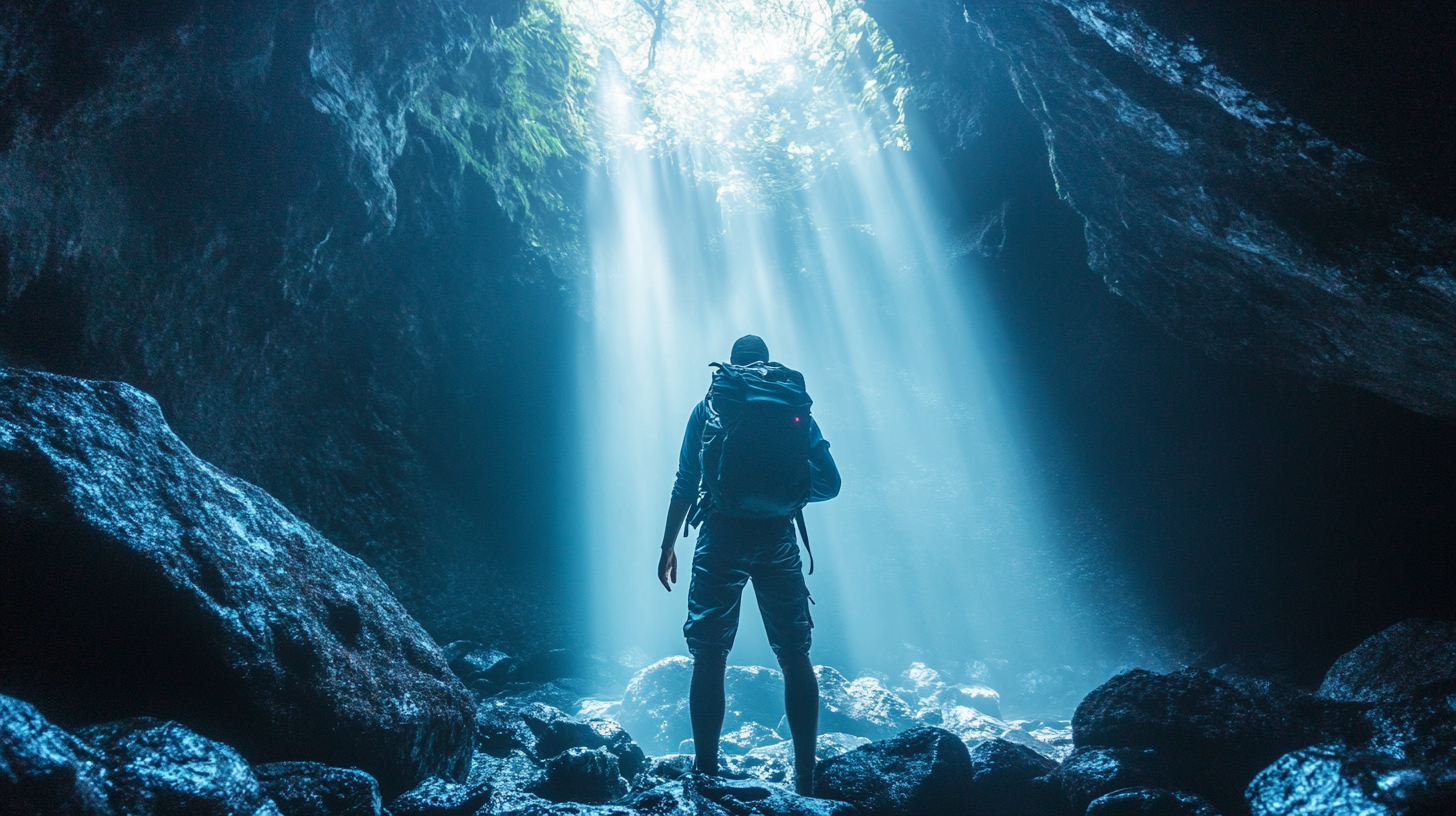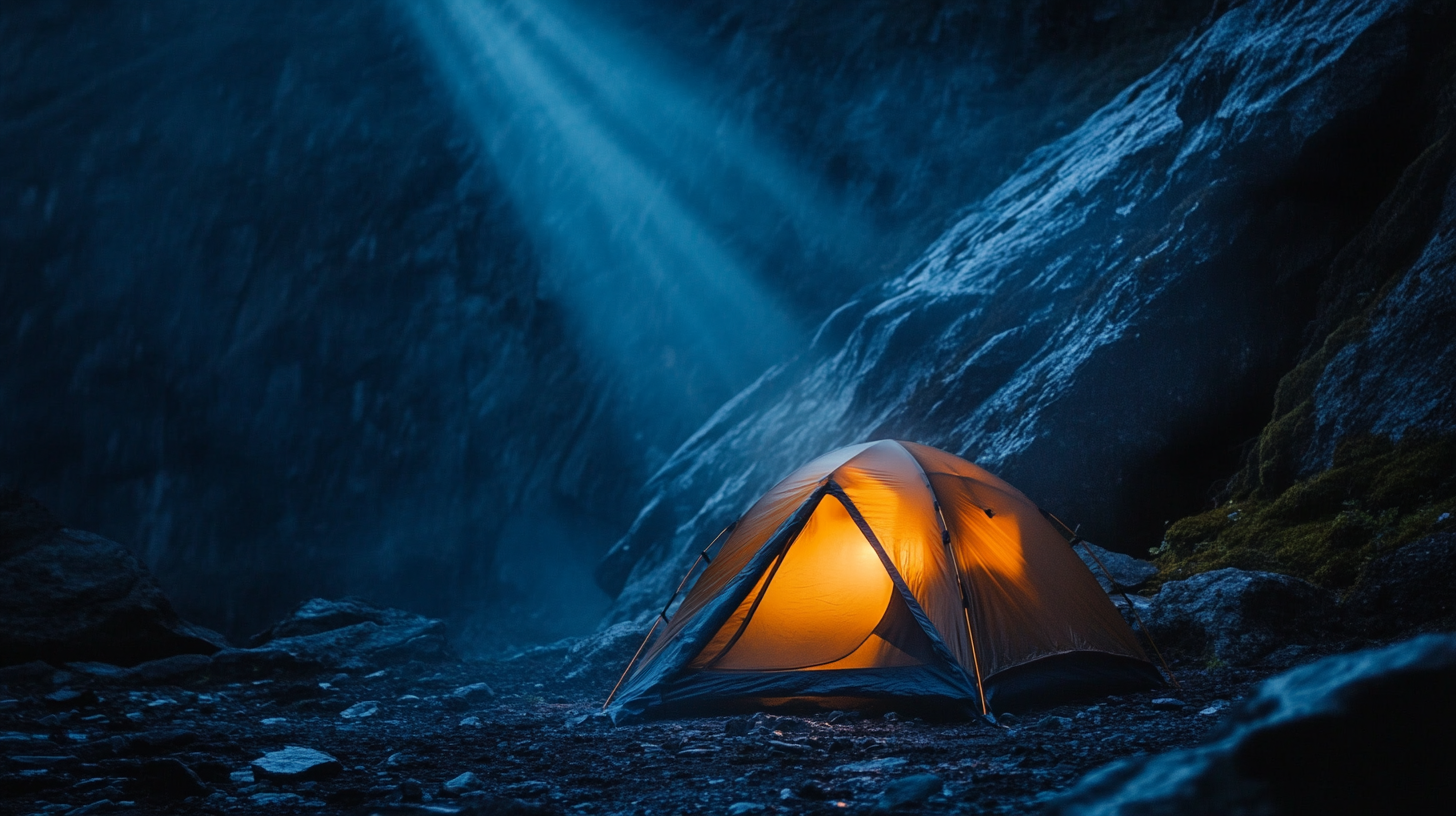
Ultimate Guide to Best Light Waterproof Technology and Specifications for Your Next Outdoor Adventure
 When planning your next outdoor adventure, selecting gear that incorporates
advanced light waterproof technology is crucial for ensuring both comfort and durability in unpredictable environments.
According to a report by the Outdoor Industry Association, nearly 60% of outdoor enthusiasts prioritize waterproof features in their gear, highlighting a growing demand for innovative materials and design.
Light waterproof technology not only provides essential protection against moisture, but also enhances breathability and reduces weight, creating a more enjoyable experience for adventurers.
This blog will delve into the various specifications and benefits of the best light waterproof products on the market today, alongside insights into after-sales service advantages and maintenance costs.
By understanding these factors, you can make an informed decision that pairs superior performance with value, ensuring your gear supports you every step of the way.
When planning your next outdoor adventure, selecting gear that incorporates
advanced light waterproof technology is crucial for ensuring both comfort and durability in unpredictable environments.
According to a report by the Outdoor Industry Association, nearly 60% of outdoor enthusiasts prioritize waterproof features in their gear, highlighting a growing demand for innovative materials and design.
Light waterproof technology not only provides essential protection against moisture, but also enhances breathability and reduces weight, creating a more enjoyable experience for adventurers.
This blog will delve into the various specifications and benefits of the best light waterproof products on the market today, alongside insights into after-sales service advantages and maintenance costs.
By understanding these factors, you can make an informed decision that pairs superior performance with value, ensuring your gear supports you every step of the way.
Understanding the Importance of Waterproof Ratings in Outdoor Gear: A Comprehensive Breakdown
When planning an outdoor adventure, understanding waterproof ratings is crucial for making informed decisions about your gear. Waterproof ratings, usually indicated by a combination of numbers and sometimes descriptors, help consumers differentiate between various levels of water resistance. For instance, a gear item with a rating of 5,000 mm means it can withstand a column of water that height before leaking, making it suitable for light rain or mist. In contrast, a rating of 20,000 mm or more signifies that the item can handle heavy rain or extreme conditions, ideal for serious backcountry explorers.
It’s not just about the numbers; the construction of the materials also plays a vital role in performance. Technologies such as GORE-TEX, eVent, and other proprietary fabrics provide not only water resistance but also breathability, which is essential for comfort during prolonged activity. Choosing the right waterproof rating according to your specific outdoor pursuits—whether it’s casual hiking, kayaking, or mountaineering—ensures that your gear keeps you dry while allowing for moisture management. By investing in equipment with suitable waterproof specifications, you can fully enjoy your adventure without the worry of the weather turning against you.
Ultimate Guide to Best Light Waterproof Technology and Specifications for Your Next Outdoor Adventure
| Technology | Waterproof Rating (mm) | Breathability Rating (g/m²/24h) | Weight (g/m²) | Ideal Usage |
|---|---|---|---|---|
| GORE-TEX | 28,000 | 25,000 | 130 | All-weather conditions |
| eVent | 20,000 | 20,000 | 150 | High-intensity activities |
| HydraGuard | 15,000 | 10,000 | 160 | Mild conditions & casual use |
| NeoShell | 30,000 | 12,000 | 140 | Versatile outdoor performance |
| Pertex Shield | 20,000 | 15,000 | 110 | Lightweight and packable |
Top Light Waterproof Technologies: Comparing Gore-Tex, eVent, and Other Industry Leaders
When planning your next outdoor adventure, the choice of waterproof technology can make all the difference between a comfortable trek and a soggy experience. Among the top contenders in the industry, Gore-Tex has long been synonymous with durability and performance. This patented technology uses a unique membrane that not only blocks out moisture but also allows sweat to escape, keeping you dry from the outside in. Its proven track record has made it a beloved choice for hiking, skiing, and other activities where weather unpredictability reigns.
On the other hand, eVent offers a slightly different take on waterproofing, prioritizing breathability even further. With a design that features direct venting, eVent allows heat and humidity to escape quickly, making it ideal for high-energy activities in wet conditions. While both Gore-Tex and eVent provide excellent protection, the right choice depends on the nature of your adventure. If you’re seeking the ultimate performance in wet weather, you might lean toward Gore-Tex, but for those intense pursuits where breathability is the priority, eVent can be the game-changer. Exploring these technologies will ensure you’re equipped to face any outdoor challenge head-on.
Key Specifications to Look for in Outdoor Apparel: Breathability, Durability, and Weight
When choosing outdoor apparel, understanding the key specifications is crucial for ensuring a successful adventure.
Breathability is essential; garments should allow moisture from sweat to escape while preventing water from entering.
According to a report by the Outdoor Industry Association, breathable fabrics, often measured in grams per square meter (g/m²), should ideally have a rating of at least
10,000 g/m² to maintain comfort during high-intensity activities. Fabrics such as Gore-Tex and eVent are industry leaders,
providing excellent breathability without sacrificing waterproof capabilities.

Durability is another important feature; outdoor gear must withstand abrasions and harsh weather conditions.
A study published in the Journal of Textile Research highlights that double-stitched seams and reinforced areas significantly extend the life of outdoor clothing,
proving beneficial in rugged terrains. When selecting apparel, check for ratings like the Martindale abrasion test, with scores above
20,000 cycles indicating exceptional durability.
Lastly, weight can impact your overall experience, especially in activities like backpacking. Lightweight materials reduce fatigue over long distances, with many modern fabrics weighing under 200 grams per square meter. A handy tip is to opt for layering: using a lightweight base layer coupled with a durable shell can provide flexibility and performance. Always consider the balance between weight and functionality to suit your specific outdoor activities.
Innovative Manufacturing Techniques in China's Best Waterproof Gear: What Sets Them Apart?
When it comes to outdoor adventures, staying dry is paramount, and China has emerged as a leader in innovative waterproof gear manufacturing. Recent industry reports indicate that the global waterproof outdoor clothing market is projected to reach $4.7 billion by 2026, driven by advancements in fabric technology and manufacturing processes.
One significant advancement is the development of ultra-lightweight, breathable membranes that outperform traditional fabrics. For instance, the introduction of ePTFE (expanded polytetrafluoroethylene) membranes has revolutionized the sector, offering superior waterproofing (up to 28,000mm rating) while maintaining breathability (up to 15,000 g/m²/24h).
This has set Chinese gear apart as it combines these high-performance materials with cutting-edge manufacturing practices, ensuring that outdoor enthusiasts remain comfortable and protected in harsh conditions. As a result, brands like The North Face and Columbia have increasingly relied on Chinese suppliers to deliver high-quality waterproof solutions that cater to the demanding needs of adventurers worldwide.

Real-World Performance: Testing Light Waterproof Gear in Extreme Outdoor Conditions
When it comes to tackling extreme outdoor conditions, the performance of light waterproof gear is paramount. Real-world testing reveals that not all waterproof technology is created equal. High-quality waterproof materials should not only keep you dry but also offer breathability to prevent condensation buildup inside your gear. Pay close attention to the testing ratings, such as the IPX rating, which provides insight into the gear's resistance to water ingress in varying conditions.
**Tip:** Look for gear featuring sealed seams and durable water-repellent (DWR) coatings. These features enhance the waterproof capabilities and durability of your equipment. A well-designed jacket or tent that incorporates these elements can save you from soggy experiences during unexpected downpours.
Additionally, test your gear in various scenarios before your adventure. Try wearing your waterproof jacket in light rain and check its performance. Are the fabric and zippers waterproof? Does the hood fit snugly to prevent rain from trickling in? This hands-on approach can help ensure you’re investing in reliable gear that stands up to the elements, making your outdoor journey more enjoyable and worry-free.
Light Waterproof Technology Performance Comparison
This chart compares the real-world waterproof performance of various light waterproof gear tested under extreme outdoor conditions. The performance is measured in terms of water resistance in millimeters (mm).
